Art World
The Mythical $570 Million Cerruti Art Collection Finds a New Home at Turin’s Castello di Rivoli
From Modigliani to Warhol, the legendary Cerruti collection has all the big names.
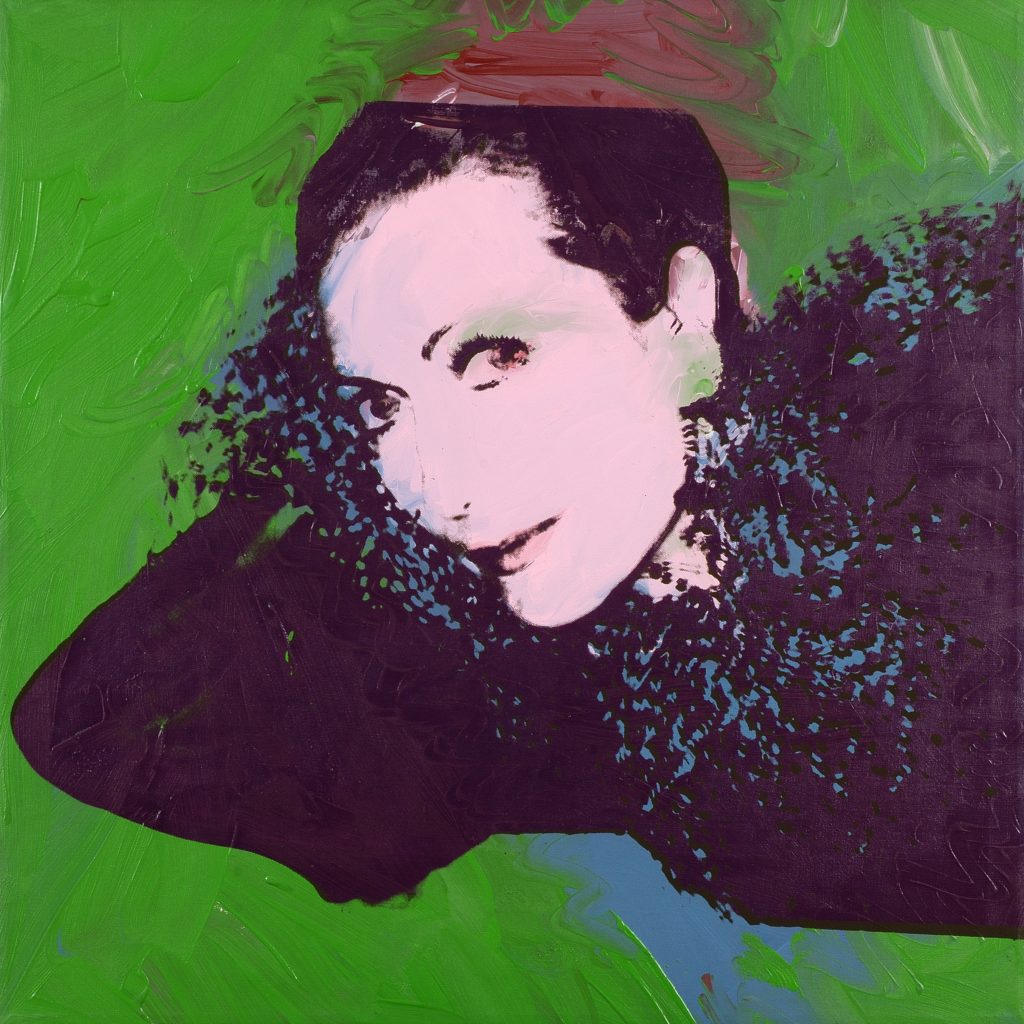
From Modigliani to Warhol, the legendary Cerruti collection has all the big names.

Naomi Rea

Turin’s Castello di Rivoli Museum of Contemporary Art has obtained the legendary art collection of Francesco Federico Cerruti. The museum’s director, Carolyn Christov-Bakargiev, will announce the exciting news officially at a press conference later today—although she has been sitting on it since she arrived in Castello di Rivoli in early 2016.
The iconic trove features 300 masterpieces from the Middle Ages to the 20th century accumulated by the enigmatic Italian collector. Extraordinary works by Francis Bacon, Pablo Picasso, Wassily Kandinsky, and Amedeo Modigliani, as well as Pontormo, Pierre-Auguste Renoir, René Magritte, Andy Warhol, and Guilio Paolini feature in the jaw-dropping collection, alongside various furnishings and rare and ancient books.
Not wanting the works to be separated after his death, Cerruti set up a foundation to which he left the valuable collection—estimated to be worth about €500 million ($570 million)—as well as instructions to loan it to the nearest museum: the Castello di Rivoli.
Christov-Bakargiev told artnet News about the collector, an entrepreneur who made his fortune by growing his family’s business into Italy’s first automated bindery. She spoke of his intuition, his eye, and his criterion of perfection, in hushed tones.
“He brought perfect industrialized bookbinding to Italy, and his father was a bookbinder at the time when it was a craft, so Cerruti grew up with a strong sense of perfection, and he found this perfection in the art,” she explained.
Starting in the 1950s, Cerruti steadily grew his private collection, building a villa to house the works away from his bachelor pad over his factory. The villa was a well-kept secret, known only to his housekeeper who served him lunch there on Sundays, and those lucky enough to be invited on the rare occasions he threw a party.
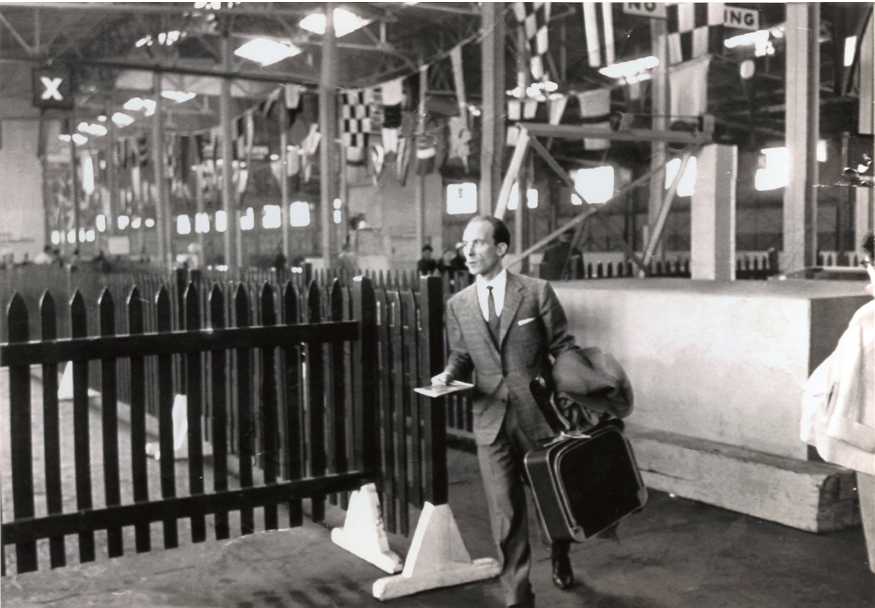
One of the few known photographs of the reclusive collector Francesco Federico Cerruti, taken October 4, 1957.
“He had the largest collection of metaphysical de Chiricos in the world, 15 major works from 1916-22, and I think that this tells you a lot about this man and his sense of metaphysical distance from the world outside and what it meant to make this collection,” she told artnet News.
Although very few knew about the collection—earning it the whispered epithet of “quasi-mythical”—this had nothing to do with any specific desire to hoard these masterpieces away from the public eye. During his lifetime, Cerruti actually lent many of the works to museums on the condition of anonymity. It wasn’t really until his death in 2015 that the full extent of the collection was revealed when, like the great American collector Albert C. Barnes, he willed it to future generations of the national and international public.
But the acquisition is not just of contemporary artwork.
“There’s been a trend for a while now of encyclopedic museums opening up contemporary art wings or engaging contemporary artists. What has not yet happened is a reverse concept,” Christov-Bakargiev said, noting that the permanent loan marks the first time a contemporary art museum will incorporate works dating back to the Middle Ages into its collection.
“I shifted towards the museum world to take on the challenge of reinventing museums in an era where obsolete notions of the difference between contemporary and the non-contemporary are crumbling,” she added. “All art has at one time been contemporary. We should think in terms of contemporaneity and the contemporaneous and not think in the old modernist way about whether something is made today or yesterday.”
The Villa Cerruti will operate as an annex of the Castello, which will manage the collection as well as showing some works on rotation, since the 1,000 square-meter villa can’t accommodate a very big audience. It is expected to be open to the public in January of 2019, when guided tours and a dedicated shuttle will run between the museum and the villa.
Christov-Bakargiev also let us in on her plans to invite writers, artists, and filmmakers to engage with the collection in the hopes that they will find it a resource for their own creativity. She even revealed her dream of inviting a prominent figure in the contemporary field to sleep at the Cerruti Villa among the masterpieces, to see what comes out of the interaction.
See some of the amazing artworks acquired by the institution below:
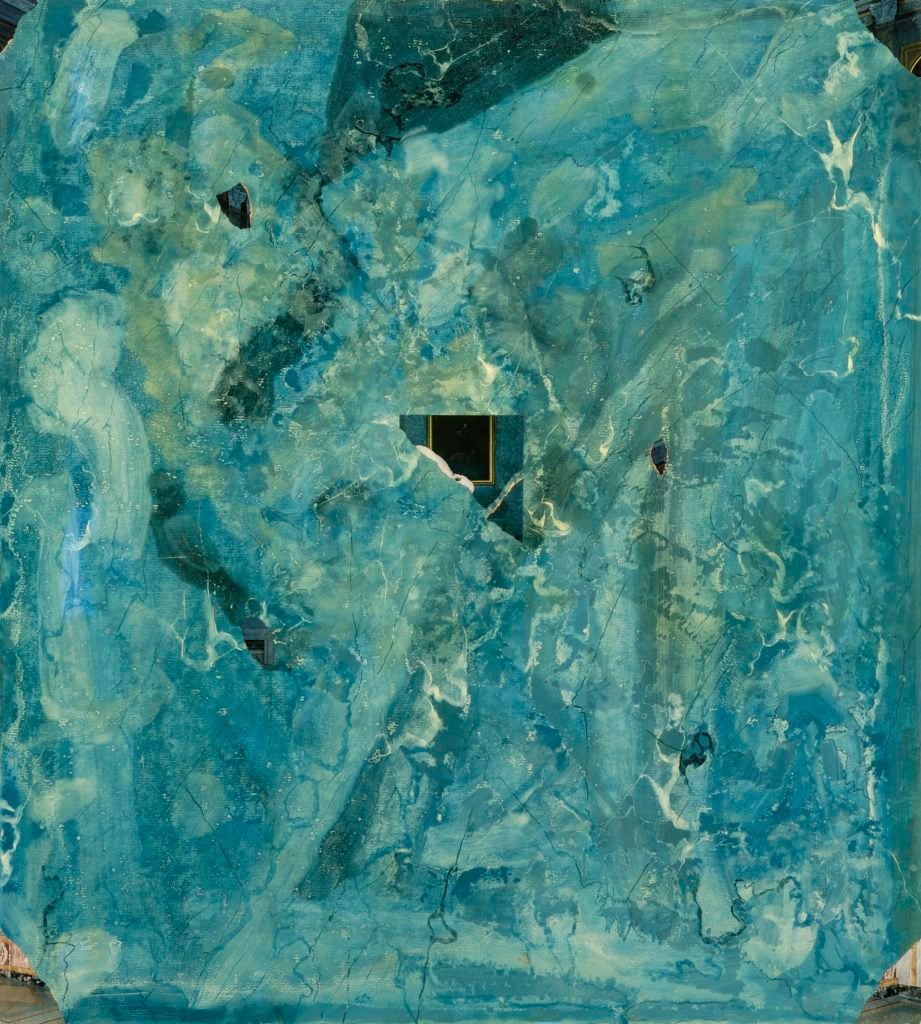
Giulio Paolini, EBLA (1977). Collezione Fondazione Francesco Federico Cerruti per l’Arte, long-term loan, Castello di Rivoli Museo de l’Arte Contemporanea, Rivoli-Torino.
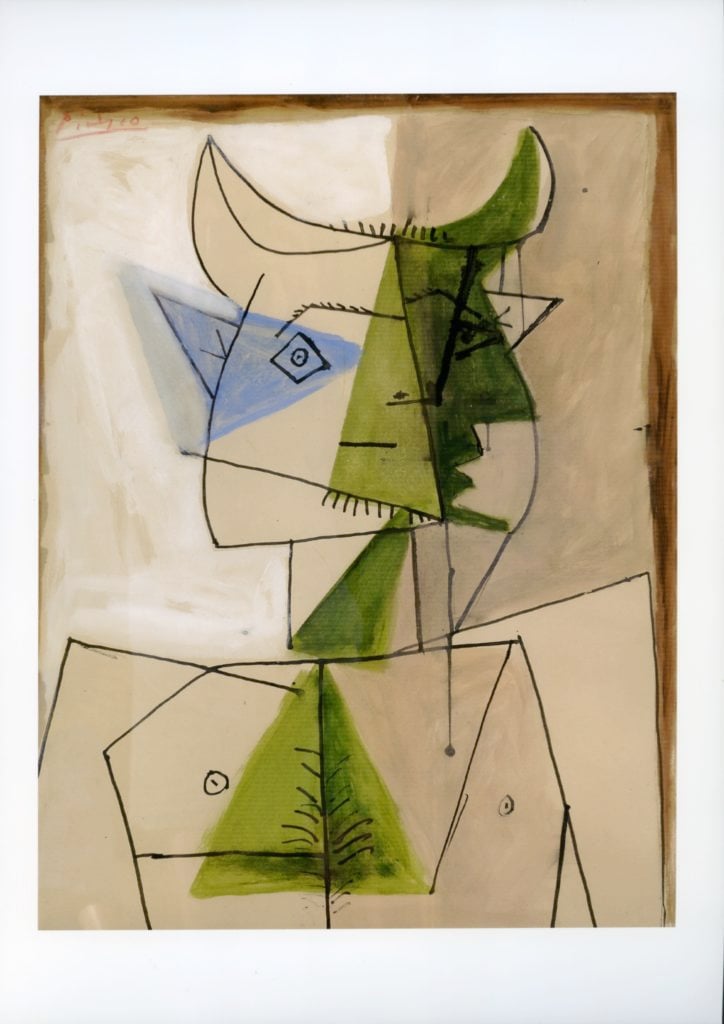
Pablo Picasso, The Faun (1946). Collezione Fondazione Francesco Federico Cerruti per l’Arte long-term loan to Castello di Rivoli Museo d’Arte Contemporanea, Rivoli-Torino.
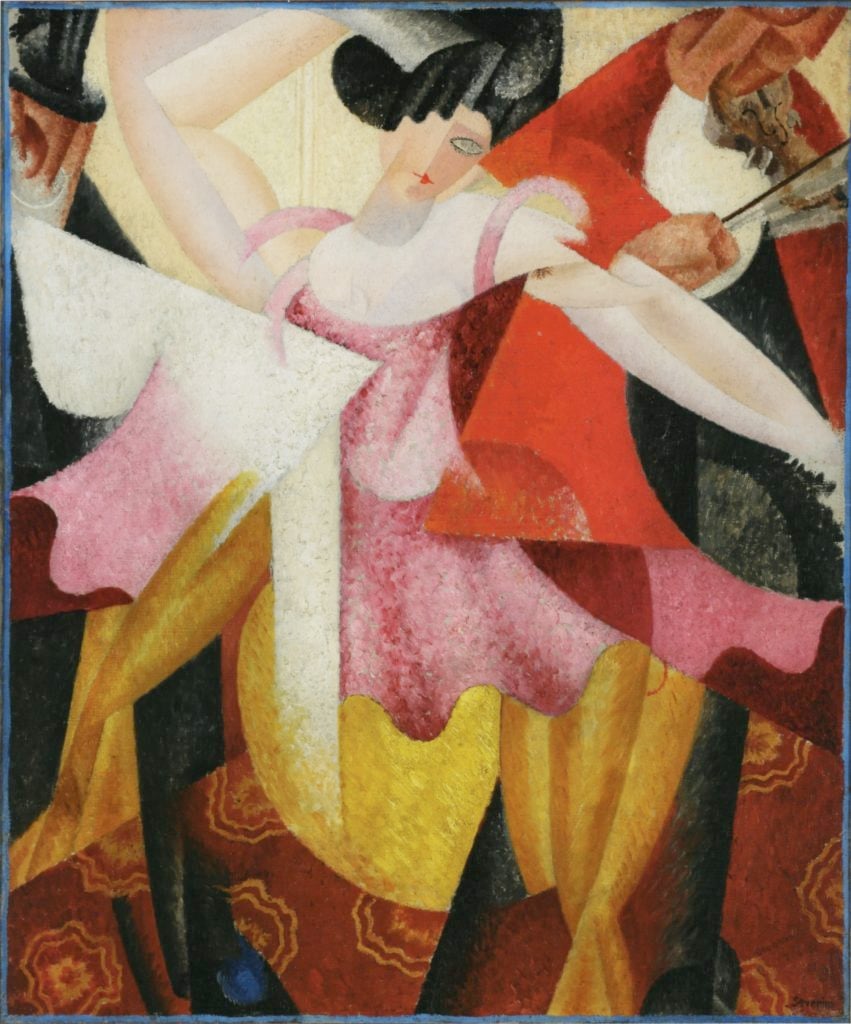
Gino Severini, Dancer in a Restaurant (American Café, English Café) ,(1914). Collezione Fondazione Francesco Federico Cerruti per l’Arte long-term loan to Castello di Rivoli Museo d’Arte Contemporanea, Rivoli-Torino.
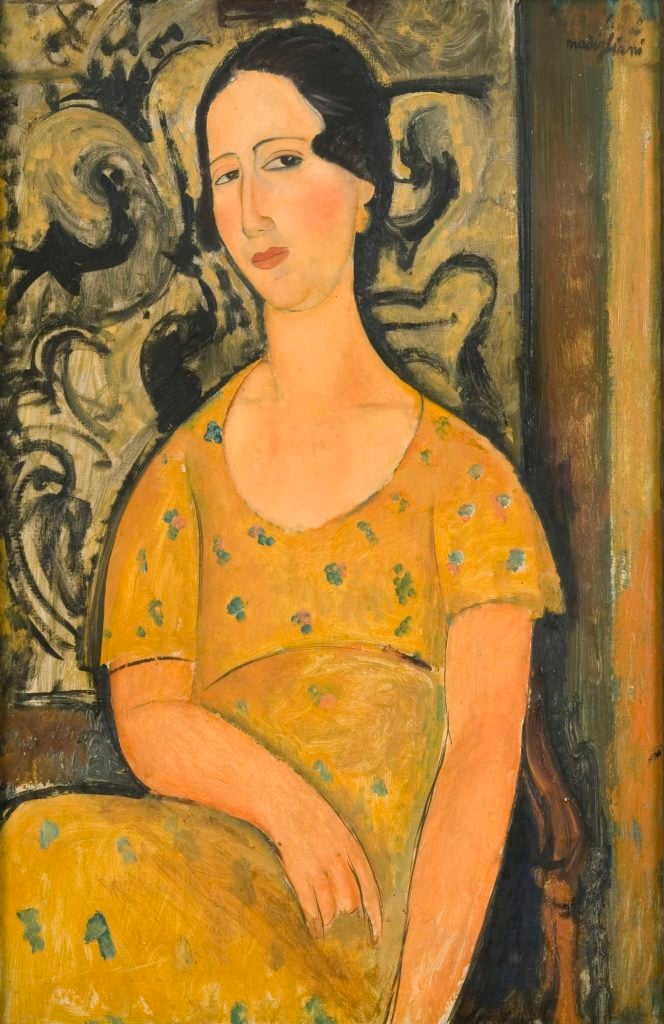
Amedeo Modigliani, Woman in a Yellow Dress (The Beautiful Spanish Woman), (1918). Collezione Fondazione Francesco Federico Cerruti per l’Arte long-term loan to Castello di Rivoli Museo d’Arte Contemporanea, Rivoli-Torino.
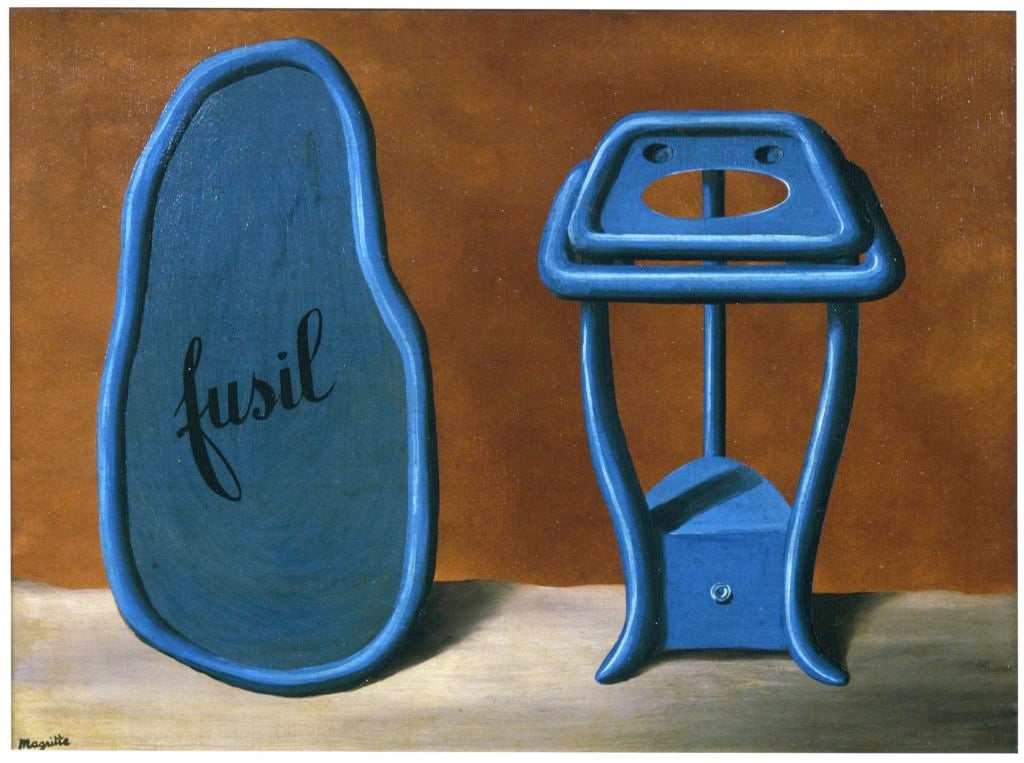
René Magritte, The Duo ,(1928-29). Collezione Fondazione Francesco Federico Cerruti per l’Arte long-term loan to Castello di Rivoli Museo d’Arte Contemporanea, Rivoli-Torino.
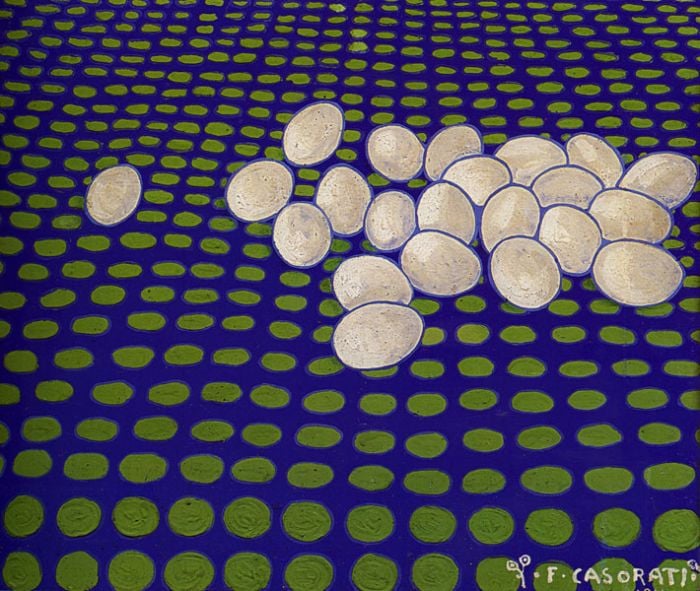
Felice Casorati, Joke: Eggs or Egs on a Green Carpet ,(1914-15). Collezione Fondazione Francesco Federico Cerruti per l’Arte long-term loan to Castello di Rivoli Museo d’Arte Contemporanea, Rivoli-Torino.
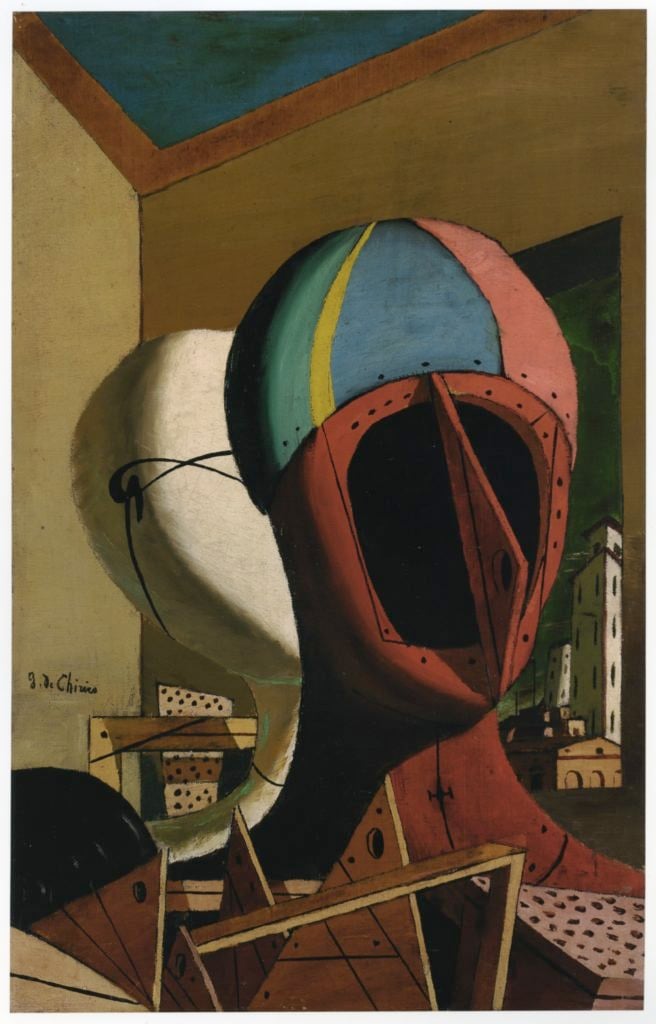
Giorgio de Chirico, Metaphysical Muse ,(1918). Collezione Fondazione Francesco Federico Cerruti per l’Arte long-term loan to Castello di Rivoli Museo d’Arte Contemporanea, Rivoli-Torino.
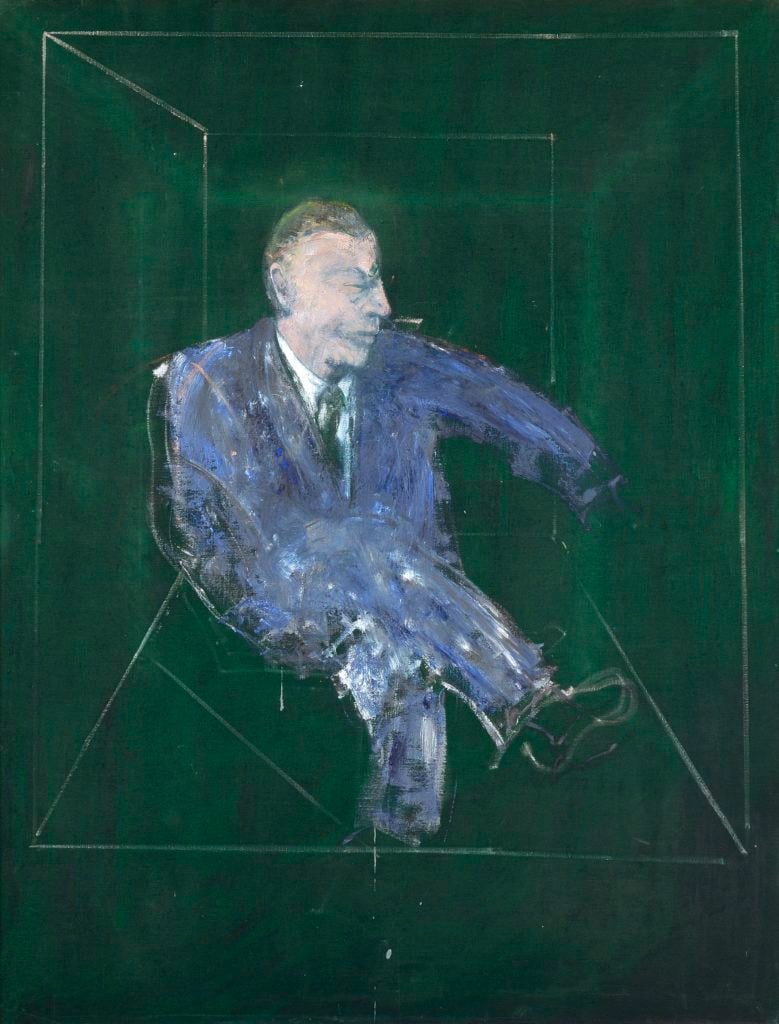
Francis Bacon, Study for a Portrait IX, (1957). Collezione Fondazione Francesco Federico Cerruti per l’Arte long-term loan to Castello di Rivoli Museo d’Arte Contemporanea, Rivoli-Torino.